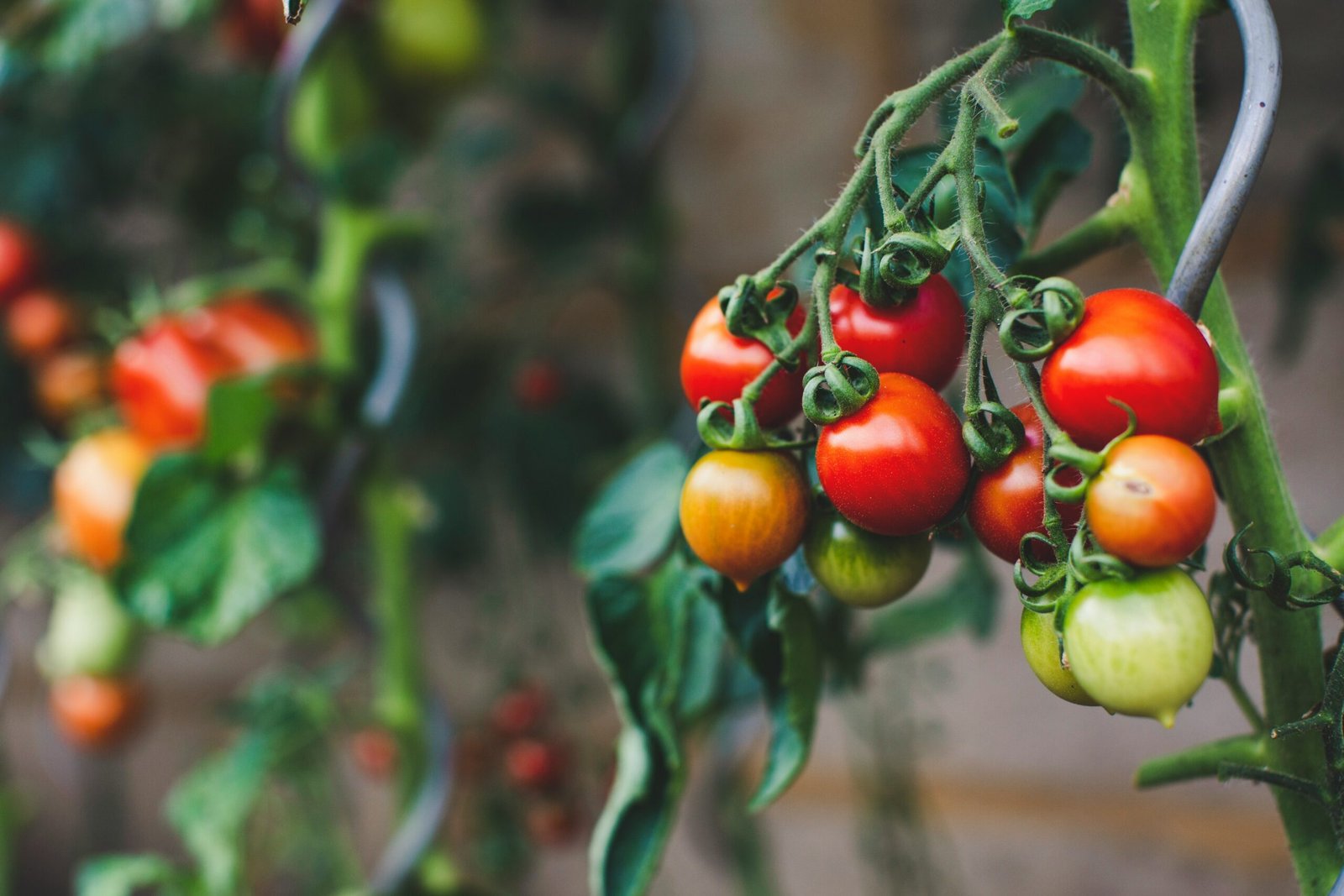What are Maximum Residue Limits (MRL)?
Maximum Residue Limits (MRL) are defined as the maximum permissible levels of pesticide residues that are allowed in food products, especially vegetables, intended for human consumption. These limits are crucial in safeguarding public health and ensuring food safety. They serve to minimize the potential exposure of consumers to harmful chemicals and are established based on safety assessments that consider various exposure scenarios and health risks.
The significance of MRLs extends beyond just consumer protection; they also play a vital role in facilitating international trade. Countries often rely on established MRLs to determine the safety and acceptability of imported goods, which can create significant implications for agricultural exports. When countries adhere to these limits, they not only foster public health initiatives but also enhance their competitiveness in global markets.
The regulatory framework for MRLs is governed by both national and international standards. Organizations such as the Food and Agriculture Organization (FAO) and the World Health Organization (WHO) are pivotal in setting these standards. They conduct thorough evaluations of pesticides, assessing their safety and efficacy before recommending specific MRLs. The establishment process typically involves scientific research, risk assessments, and stakeholder consultations to ensure that the proposed limits reflect the latest scientific understanding.
In order to verify compliance with MRLs, various testing methods are utilized. These methods include sampling and laboratory analyses designed to detect and quantify pesticide residues in vegetables. Accurate testing is essential, as it guarantees that food products meet safety regulations and that consumers can trust the food they consume. Adhering to MRL standards ultimately protects public health and maintains the integrity of food supply chains.
Impact of Pesticides and MRLs on Public Health
The utilization of pesticides in agriculture has been a fundamental aspect of food production, aiming to protect crops from pests and diseases. However, the presence of pesticide residues in vegetables raises significant concerns regarding public health. Exposure to high levels of these residues can lead to a variety of health risks. Short-term effects may manifest as acute poisoning, characterized by symptoms such as nausea, headaches, and respiratory issues. These immediate reactions, while often transient, highlight the importance of monitoring and regulating pesticide levels in food sources.
Additionally, prolonged exposure to pesticide residues has been associated with more severe long-term health implications, including chronic conditions such as cancer and endocrine disruption. Various studies have indicated that continuous intake of pesticides, even in small quantities, can accumulate in the body over time, potentially leading to devastating health outcomes. As such, the establishment of Maximum Residue Limits (MRLs) is crucial in ensuring that food products remain within safe consumption thresholds.
MRLs serve not only as a guideline for acceptable pesticide levels in food but also play a vital role in reinforcing consumer confidence regarding food safety. When MRLs are adhered to, consumers can have greater assurance that the vegetables they purchase are safe for consumption. This is particularly important for vulnerable populations, including children and pregnant women, who may be more susceptible to the adverse effects of pesticide exposure. It is imperative for policymakers and agricultural producers to prioritize compliance with established MRL guidelines, as doing so will protect public health and foster a more informed consumer base.
Import and Export Issues Related to MRL in Milk
The issue of Maximum Residue Limits (MRL) in milk plays a significant role in international trade, with profound implications for both import and export markets. Different countries establish varying MRL standards, which can create substantial trade barriers. These discrepancies may lead to complications in market access, particularly for dairy exporters who must navigate a complex regulatory landscape that varies from one jurisdiction to another.
For example, a country with strict MRL regulations may ban imports from a nation where common dairy practices exceed these limits. Such restrictions can adversely affect the dairy industry, limiting opportunities and growth for domestic producers. Additionally, if a shipment of milk is found to exceed the MRL set by the importing country, it can result in costly penalties, rejected goods, and strained trade relations.
Pakistan’s Export Strategy for Vegetables: Government Initiatives from 2023 to 2027
Several case studies illustrate the impact of MRL violations on milk trade. One notable instance occurred when the EU imposed strict MRL standards on certain antibiotics in milk, leading to the temporary ban of dairy exports from specific countries. This not only led to economic loss for exporters but also resulted in increased scrutiny and testing requirements for compliance, creating barriers for small producers unable to afford the necessary certifications.
To mitigate these challenges, the role of testing and certification has become paramount. Ensuring compliance with MRLs before goods are shipped can help prevent trade disputes and ensure smoother transactions. Regulatory bodies and exporters must work collaboratively to establish standardized testing methodologies that are recognized by all parties involved in the trade process. Consequently, fostering understanding and alignment on MRL standards can enhance the overall efficiency of dairy trade, benefiting economies on a global scale.
Strategies to Reduce MRL Levels in Vegetables and Milk
The presence of pesticide residues in vegetables and milk poses significant public health risks, necessitating proactive measures to minimize MRL. A multifaceted approach incorporating IPM, organic farming practices, and advanced agricultural technologies can effectively reduce pesticide levels, ensuring safer food for consumers.
Integrated pest management is a crucial strategy that combines biological control, habitat manipulation, and the use of resistant crop varieties. By relying on natural pest deterrents and enhancing biodiversity, farmers can effectively manage agricultural pests with reduced reliance on synthetic pesticides. This not only minimizes residues in produce but also promotes ecological sustainability. Moreover, training and resources for farmers regarding IPM techniques are essential for successful implementation.
Organic farming practices present an alternative method to conventional farming. The prohibition of synthetic pesticides and fertilizers in organic agriculture means that MRL levels in these products are typically lower. Providing incentives for farmers to transition to organic methods can bolster the availability of organic vegetables and milk in the market. Additionally, organic farming contributes to the overall health of the soil and surrounding ecosystems, thereby creating long-term benefits.
Employing advanced agricultural technologies, such as precision farming and biopesticides, further contributes to reducing pesticide residues. Precision farming uses data analysis to optimize inputs, ensuring pesticides are applied only when necessary and in appropriate amounts, thereby limiting excess residue buildup. Similarly, biopesticides, derived from natural materials, offer effective pest control without leaving harmful residues.
Consumer education plays a pivotal role in advocating for lower MRL levels. By informing consumers about safe food practices and the importance of choosing pesticide-free options, they can influence market demand. Supermarkets and food vendors should emphasize transparency in food sourcing and make efforts to offer products with verified low MRL levels. Collaborating with regulatory bodies to establish and adhere to stricter pesticide use guidelines can further protect public health. Employing these strategies not only combats pesticide exposure but fosters a sustainable and health-conscious food system.





Understanding Plant Protection: What It Is And Its Importance
[…] environmental hazards are referred to as plant protection. Maintaining healthy crops and promoting sustainable agriculture are the primary goals of plant protection, which makes sure that plants flourish in their native […]
Understanding The Final Syllabus Of Science For Global Challenges
[…] Understanding Maximum Residue Limits in Vegetables: Public Health Impacts and Trade Implications […]